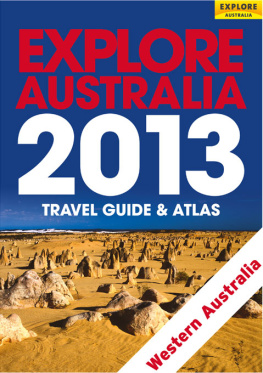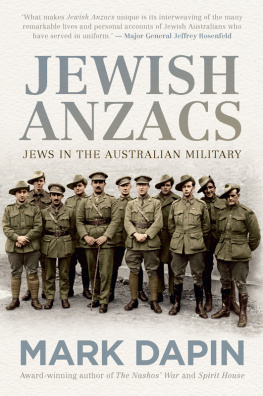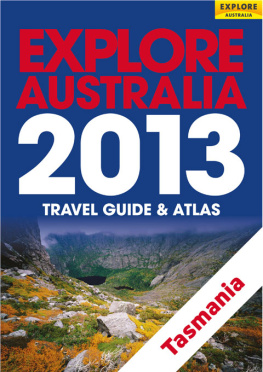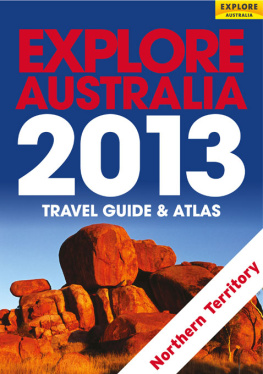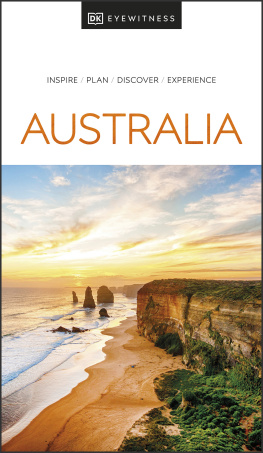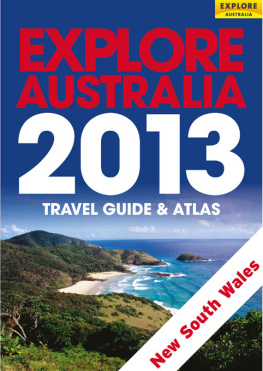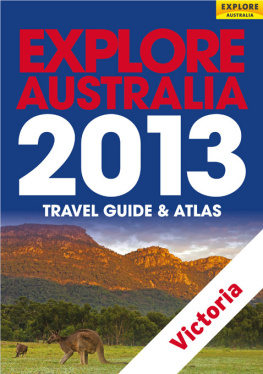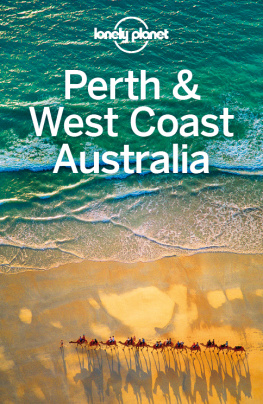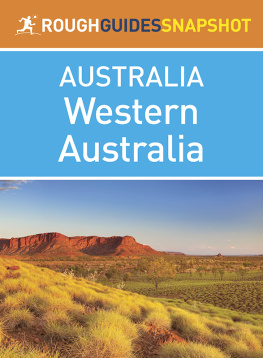CONTENTS
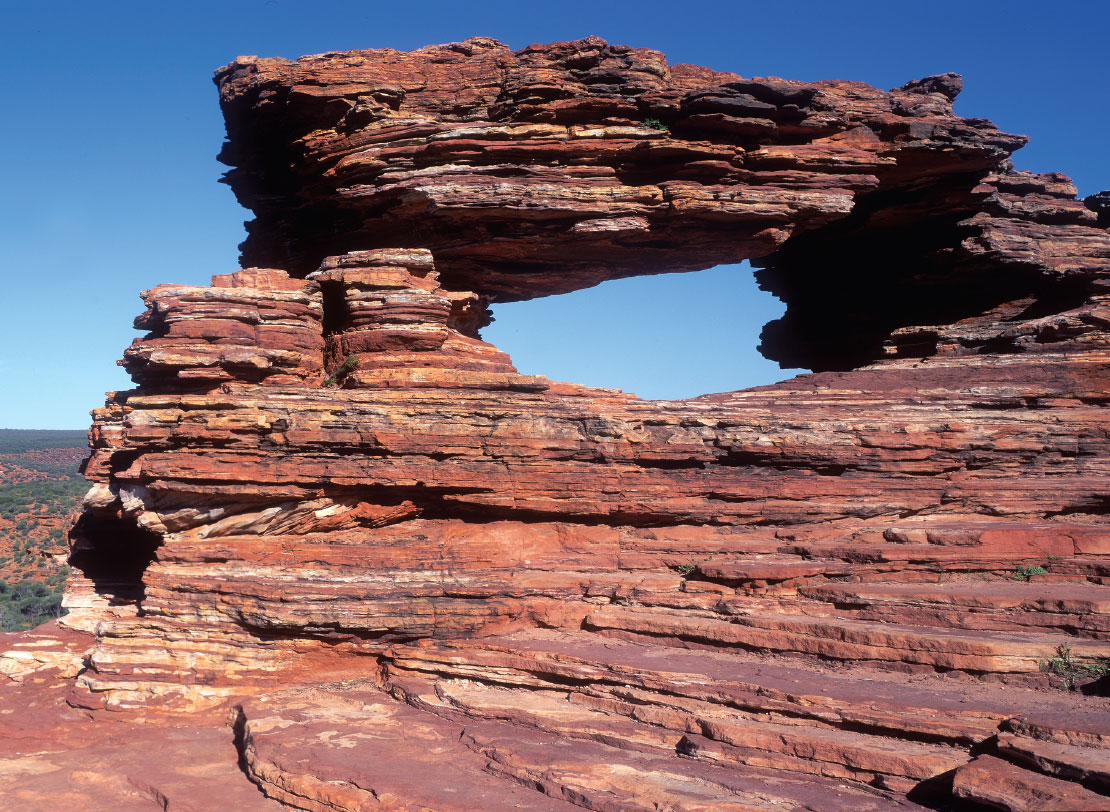
[ NATURES WINDOW, KALBARRI NATIONAL PARK ]
WESTERN AUSTRALIA is defined by its size. Spanning an area of 2.5 million square kilometres, it covers one-third of the Australian continent. In dramatic contrast to its size, its population is just over two million, around one-tenth of Australias total population. Over 72 per cent of Western Australians live in or around the capital city of Perth.
Within this great state there are incredibly diverse landscapes an ancient terrain of rugged ranges and dramatic gorges to the north, towering forests to the south, arid deserts to the east and 12 889 kilometres of the worlds most pristine coastline to the west. To match the huge variety in landscape are huge differences in climate, from the tropical humidity of the north and the dryness of the desert to the temperate Mediterranean-style climate of the south-west.
After driving for hours along empty highways, you will get a true feeling for the states vastness. But you will be amply rewarded when you reach your destination. Western Australia boasts precious natural features, including the 350-million-year-old Bungle Bungle Range, the limestone sentinels of the Pinnacles desert and the majestic karri forests of the south-west.
There is the extraordinary marine life of Ningaloo Reef, the friendly dolphins of Monkey Mia and Rottnest Islands famous quokkas.
Western Australias historic sites are also a highlight. The Aboriginal people who first inhabited the land up to 65 000 years ago left a legacy of distinctive rock art. Albany, the site of the states first European settlement in 1826, boasts wellpreserved heritage buildings, while gracious 19th-century buildings in the capital city of Perth and its nearby port of Fremantle hark back to the days of the Swan River Colony. Remnants of great gold discoveries remain around Coolgardie and Kalgoorlie from the 1890s, which transformed Western Australia into one of the worlds great producers of gold, iron ore, nickel, diamonds, mineral sands and natural gas.

Population 2 346 400
Total land area 2 529 875 square kilometres
People per square kilometre 0.8
Sheep and cattle per square kilometre 9.8
Nearest interstate city Adelaide, 2700 kilometres east
Length of coastline 12 889 kilometres
Number of islands 3747
Longest river Gascoyne River (760 kilometres)
Largest constructed reservoir Lake Argyle (storage volume 10 760 million cubic metres)
Highest mountain Mount Meharry (1253 metres), Karijini National Park
Highest waterfall King George Falls (80 metres), northern Kimberley
Highest town Tom Price (747 metres)
Hottest place Marble Bar (160 days a year over 37.5C)
Coldest place Bridgetown (33 days a year begin at below 2C)
Most remote town Warburton
Strangest place name Walkaway
Most famous local Rolf Harris
Quirkiest festival Milk Carton Regatta, Hillarys Boat Harbour
Number of wildflowers 12 500 species
Most challenging road Gibb River Road, the Kimberley
Best beach Cable Beach, Broome
Most identifiable food Pavlova (created at Perths Esplanade Hotel)
Local beer Swan Lager

VISITOR INFORMATION
Western Australian Visitor Centre
Cnr Forrest P1 and Wellington St
1300 361 351 or 1800 812 808
www.bestofwa.com.au
P erth is the most isolated capital city in the world, closer to Singapore than it is to Sydney. Its nearest neighbour, Adelaide, is 2700 kilometres away by road. Yet it is exactly this isolation that has allowed Perth to retain a feeling of space and relaxed charm.
Claimed to be the sunniest state capital in Australia, Perth has a Mediterranean climate: hot and dry in summer, cool and wet in winter. This climate, and the citys proximity to both river and ocean, fosters a relaxed lifestyle for the population of 1 705 000. One of Perths great attributes is that its water frontages are public land, accessible to everyone. Picnicking is a popular pastime, while cafes and bars spill their tables and chairs out onto pavements to make the most of the glorious weather.
Yet for all Perths coastal beauty, it is the Swan River that defines the city. North of the river is Kings Park and the old-money riverside suburbs with their grand homes; further on are the beaches and the newer northern beach suburbs stretching up the coast. At the mouth of the Swan is the historic port city of Fremantle, with its rich maritime history, creative community and streetcafe culture. Upstream from Perth where the river dwindles to a meandering waterway is the Swan Valley, the states oldest wine district.
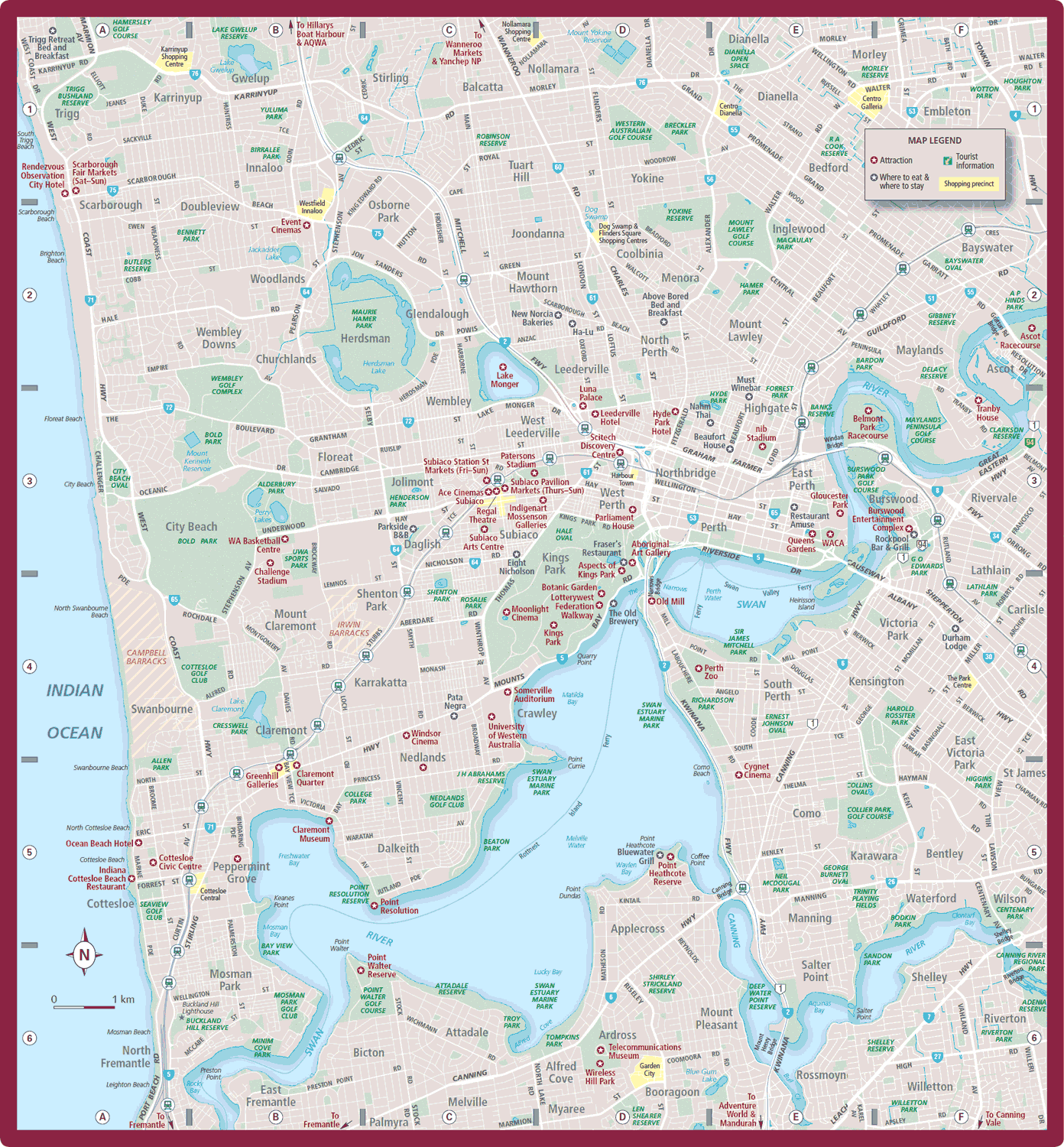
Perths city centre is a compact mix of towering skyscrapers and elegant colonial buildings. It is bordered by the Swan River, with stretches of grassy parkland fringing the riverbank. Perths central business district (CBD) harbours the citys large pedestrian-only shopping precinct, made up of a series of malls and arcades. The ultra-hip King Street is renowned for its gourmet cafes, galleries and fashion houses, while St Georges Terrace, the main commercial street, has high-rise buildings interspersed with remnants of Perths early British heritage.
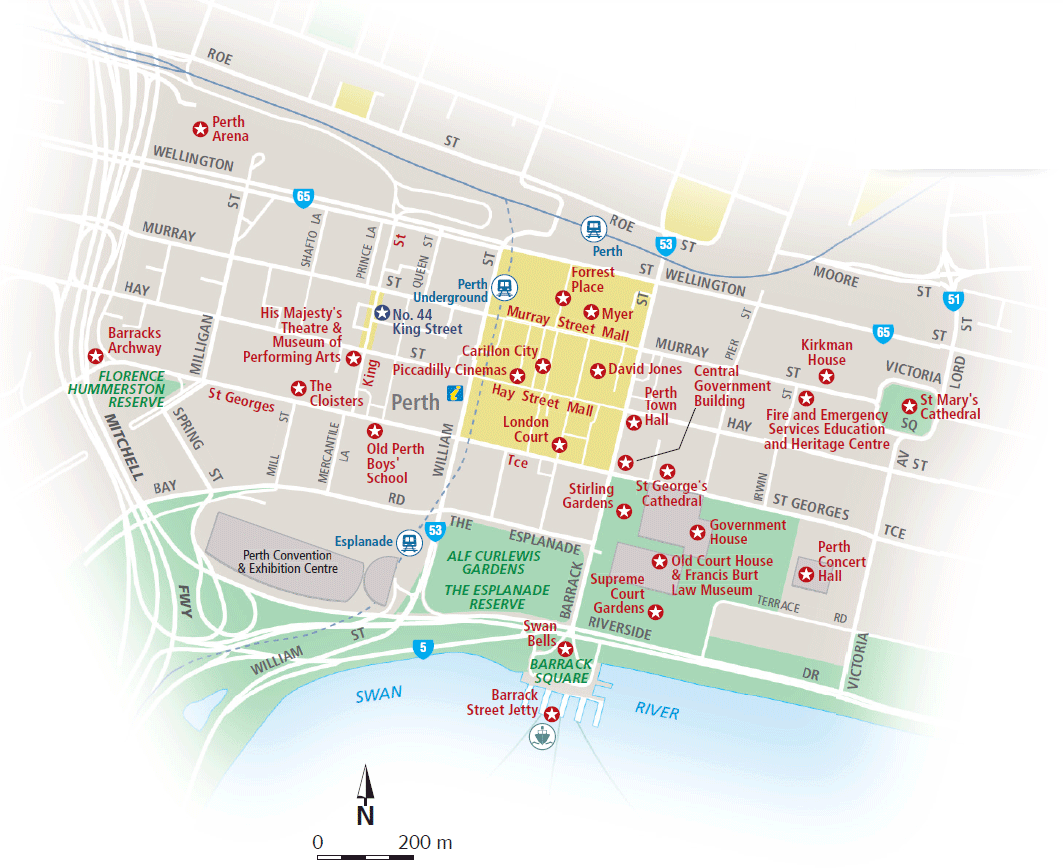
Malls, arcades and a touch of old England
The CBDs central shopping district encompasses the Hay Street Mall, Murray Street Mall and Forrest Place. Fashion outlets, bookstores and homewares shops fill the malls. Myer and David Jones sit on Murray Street Mall, and the western side of Forrest Place is home to the GPO. Arcades and underground walkways run from Murray Street Mall through to Hay Street Mall and on to St Georges Terrace. Carillon City shopping centre sits between the malls, while London Court, a quaint, Elizabethan-looking arcade, runs from Hay Street Mall to St Georges Terrace. At the mall end, knights joust above a replica of Big Ben every 15 minutes, while St George and the Dragon do battle above the clock at the St Georges Terrace end.
King Street
This historic precinct between Hay and Wellington streets dates from the 1890s gold rush. The street retains its turn-ot-the-century character, and is filled with designer fashion houses, specialist bookstores, art galleries and gourmet cafes, such as No. 44 King Street, with its homemade bread and extensive wine list.
St Georges Terrace
Office towers and historic buildings line this main street. At the western end is the Barracks Archway, the only remains of the Pensioners Barracks, which housed the retired British soldiers who guarded convicts in the mid-1800s. The Central Government Building on the corner of Barrack Street marks the spot where Perth was founded with a tree-felling ceremony in 1829. Around 50 years later, convicts and hired labour commenced work on the building that stands there today. Other historic buildings along the terrace include the Cloisters, the Old Perth Boys School, the Deanery, St Georges Cathedral, Government House and the Old Court House

